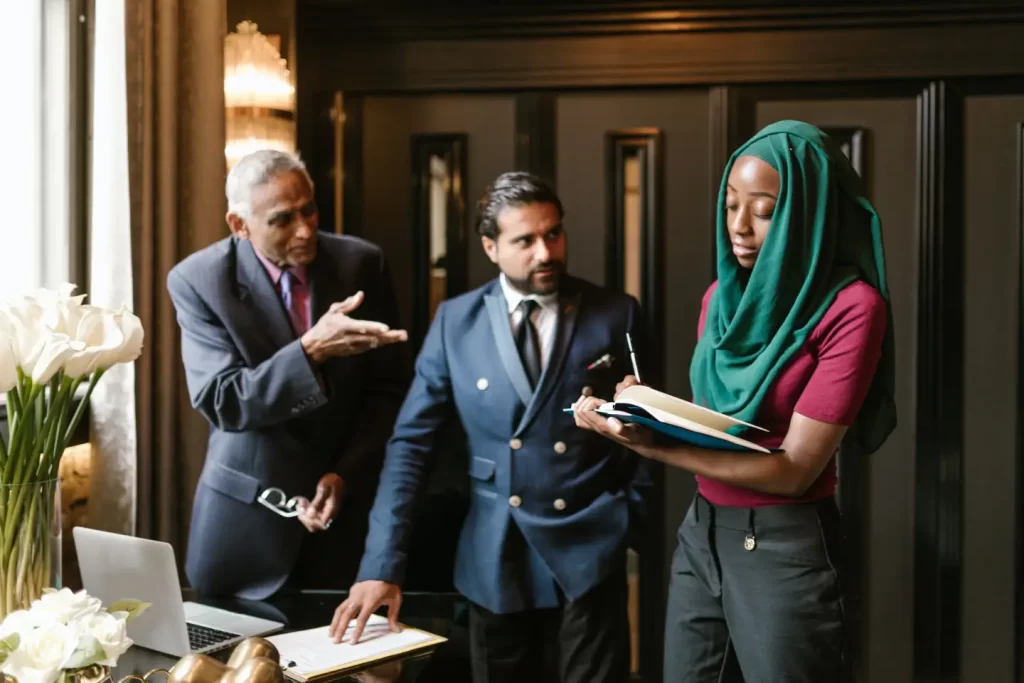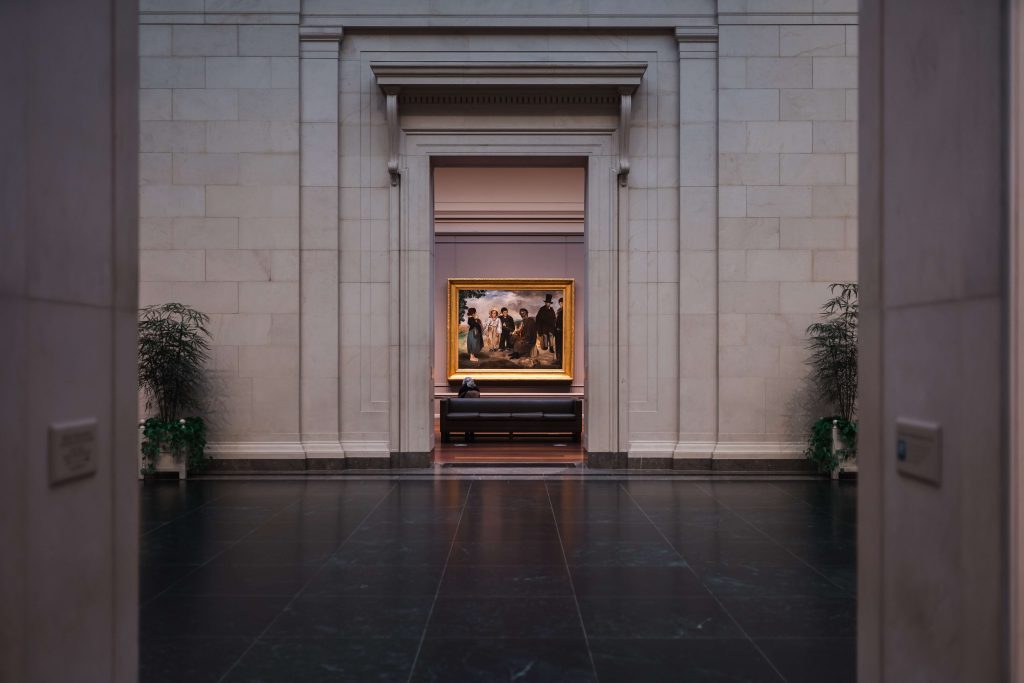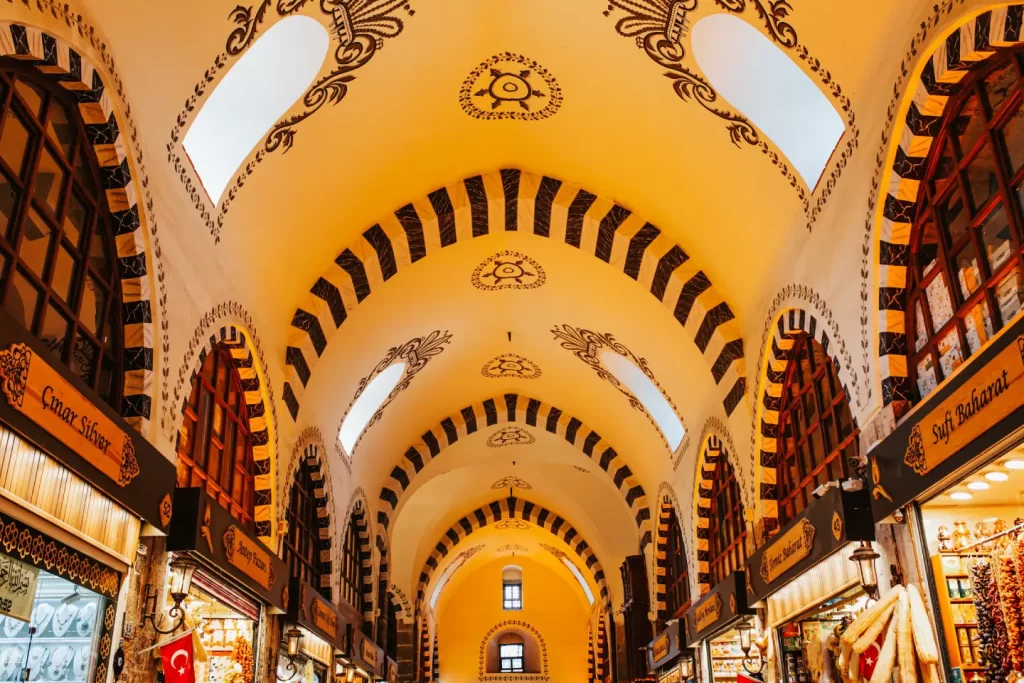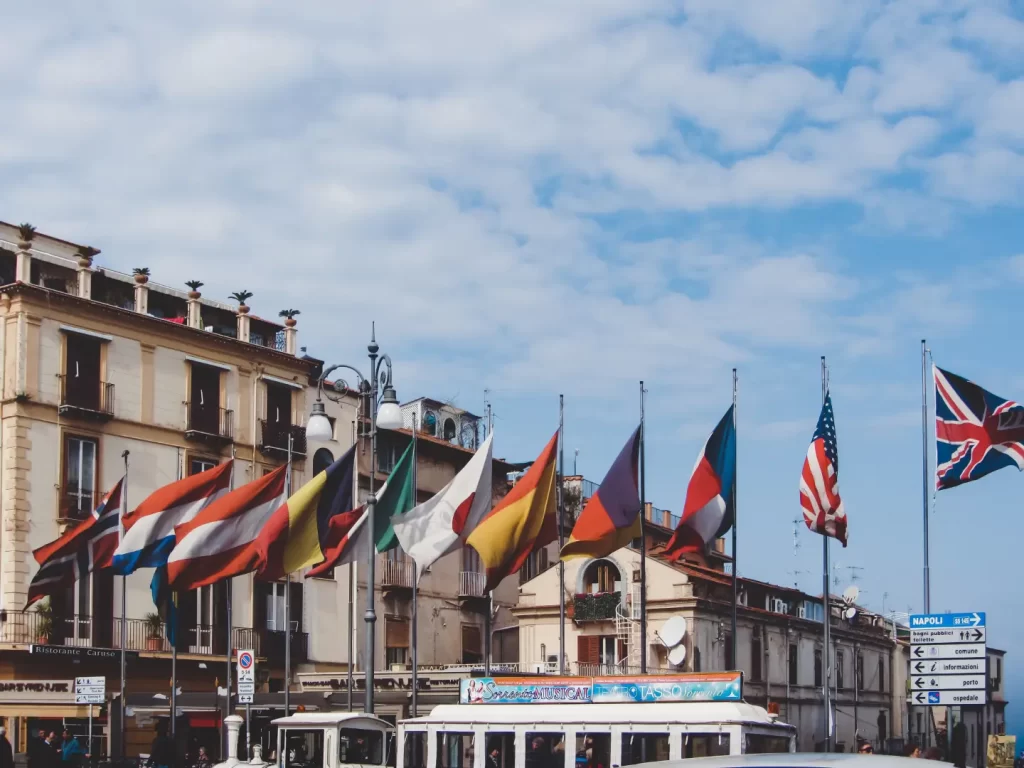Understanding Global Art Dialogue: An Introduction
Global art dialogue is a transformative force that has taken the contemporary art world by storm. In a rapidly globalizing world, it has become a crucial conduit for artists, curators, and audiences to engage in cross-cultural exchange, explore diverse perspectives, and address pressing global issues through art. This article aims to shed light on the concept of global art dialogue, its significance, key elements, and its role in shaping the future of the art world.
Introduction
In an age defined by connectivity and cultural exchange, global art dialogue emerges as a pivotal concept within the art world. It represents a dynamic process of interaction, collaboration, and reflection that transcends geographic boundaries. Artists, curators, and audiences are now more connected than ever, offering a unique opportunity to explore and celebrate the rich tapestry of global artistic practices.
The significance of global art dialogue is on the rise, mirroring the globalized nature of our society. It serves as a counterpoint to traditional art exchange by emphasizing not only the physical exchange of artworks but also the exchange of ideas, perspectives, and experiences. This article aims to provide an insightful overview of global art dialogue, highlighting its key elements, the benefits it brings to artists, curators, and audiences, and the challenges and opportunities it presents.
Imagine a bustling art exhibition in a vibrant metropolis where walls adorned with diverse masterpieces echo the global symphony of creativity. Artists from Tokyo to New York, curators from Cape Town to Berlin, and art enthusiasts from every corner of the globe converge in a shared space, transcending geographical boundaries. This is not just an exhibition; it’s a testament to the power of global art dialogue.
Welcome to the world of global art dialogue, where the exchange of more than just art takes center stage. It’s a dynamic process that transforms traditional exhibitions into immersive experiences, fostering connections between artists and audiences that go beyond borders. This article embarks on a journey to unravel the significance, key elements, and transformative role of global art dialogue, exploring how it is reshaping the very fabric of the art world in our interconnected age.

📷RDNE
Defining Global Art Dialogue
Cross-cultural exchange
It involves artists, curators, and audiences from different corners of the world coming together to share their unique cultural backgrounds and artistic visions.
Example: The collaboration between Japanese contemporary artist Yayoi Kusama and American artist Jeff Koons for the “Infinity Mirrors” exhibition series. Their joint efforts showcased a seamless blend of Eastern and Western artistic influences, creating a truly global art experience that resonated with audiences worldwide.
Engagement with diverse perspectives
Global art dialogue encourages participants to embrace and learn from the multitude of artistic practices and viewpoints found globally.
Example: The “Documenta” exhibition in Kassel, Germany, where artists from diverse cultural backgrounds converged to explore global perspectives on social and political issues. The exhibition provided a platform for artists to engage in meaningful conversations and challenge conventional viewpoints.
Exploration of global issues
Artists often use this platform to address global challenges, such as climate change, social justice, and political unrest, through their work.
Example: Brazilian artist Vik Muniz’s “Pictures of Garbage” series, which addressed environmental concerns and waste management on a global scale. Muniz collaborated with garbage pickers in Rio de Janeiro to create intricate artworks, sparking discussions about sustainability and consumption worldwide.
Differentiating Global Art Dialogue from Traditional Art Exchange
While traditional art exchange may involve the simple transfer of artworks between regions, global art dialogue transcends these boundaries. It prioritizes the exchange of ideas, the enrichment of artistic practices, and the creation of a space for meaningful discourse about the world’s most pressing issues.
Traditional art exchange, as the name suggests, is the movement of art objects and ideas between cultures, often through trade, diplomacy, or conquest. It has been happening for centuries and has had a profound impact on the development of art around the world.
Global art dialogue, on the other hand, is a more recent phenomenon that is made possible by globalization and the internet. It is a two-way exchange of art and ideas between cultures, and it is often characterized by collaboration, co-creation, and mutual understanding.
Significance of Global Art Dialogue
Benefits of Global Art Dialogue
Artists
Expanding artistic horizons: Artists participating in global art dialogue gain exposure to new techniques, styles, and cultural influences that enrich their creative processes.
Learning from different cultures: Interacting with artists from diverse backgrounds provides invaluable learning opportunities and broadens artistic perspectives.
Challenging preconceptions: Global art dialogue encourages artists to question their preconceived notions and encourages them to create art that transcends cultural boundaries.
Curators
Developing new curatorial strategies: Curators benefit from developing innovative approaches to exhibitions that incorporate diverse voices and foster intercultural dialogues.
Presenting diverse voices: By curating exhibitions that showcase artists from various backgrounds, curators promote inclusivity and cultural exchange.
Engaging with global audiences: Curators involved in global art dialogue can reach a broader audience and engage in discussions with a global impact.
Audiences
Experiencing a broader range of art: Audiences are exposed to a wider spectrum of artistic expressions, leading to a richer and more profound art experience.
Gaining intercultural understanding: Exposure to art from different parts of the world fosters intercultural understanding and empathy among audiences.
Fostering critical thinking: Global art dialogue challenges audiences to think critically about global issues and their implications through art.
Role in Promoting Cultural Understanding and Social Change
Global art dialogue plays a pivotal role in promoting cultural understanding and tolerance by breaking down stereotypes and fostering connections between individuals from different backgrounds. Moreover, it serves as a powerful tool for addressing global issues and sparking social change through the medium of art. By bringing global problems to the forefront of artistic discourse, it contributes to a more socially conscious and engaged art world.
Shaping the Future of the Art World
Global art dialogue is not just a trend; it’s a transformative force that is shaping the future of the art world. As artists, curators, and audiences continue to engage in cross-cultural exchange, the art world becomes more interconnected, inclusive, and responsive to the complex challenges of our time.
Examples of Global Art Dialogue
Several initiatives and platforms are actively promoting global art dialogue.
International exhibitions and biennials: Events like the Venice Biennale and Documenta serve as global stages for artists to showcase their work and engage in cross-cultural dialogues.
Artist residencies and exchange programs: Organizations such as the International Studio and Curatorial Program (ISCP) provide opportunities for artists and curators to collaborate across borders.
Online platforms and digital art projects: Virtual spaces like Artsy and social media platforms enable artists to share their work globally and engage with a diverse online audience.
Challenges and Opportunities
Challenges
Global art dialogue faces several challenges:
Language barriers and cultural differences: Language barriers and cultural nuances can impede effective communication, necessitating sensitivity and translation.
Unequal access to resources: Artists from less privileged regions may struggle to access the same opportunities and resources as their counterparts in more affluent areas.
Institutional power dynamics and biases: The art world is not immune to power imbalances and biases, which can limit opportunities for artists from marginalized backgrounds.
Opportunities
Overcoming these challenges is possible through:
Utilizing technology: Technology facilitates communication and collaboration, bridging geographical divides and breaking down language barriers.
Supporting artist-led initiatives: Encouraging grassroots, artist-led projects empowers creators to take ownership of their narratives and challenge established norms.
Fostering inclusive and equitable practices: Promoting diversity and equity in the art world ensures that global art dialogue is accessible to artists from all backgrounds.
Conclusion
Global art dialogue is a dynamic and transformative force that is reshaping the contemporary art world. It celebrates diversity, fosters cross-cultural exchange, and addresses global issues through the powerful medium of art. As we navigate an increasingly interconnected world, engaging in global art dialogue is not just an option; it is a necessity for artists, curators, and audiences alike. By embracing diverse perspectives and participating in this dialogue, we collectively contribute to a more vibrant, inclusive, and socially conscious art world.
Key Takeaways
– Global art dialogue fosters cross-cultural exchange, embraces diverse perspectives, and addresses global issues through art.
– It differs from traditional art exchange by emphasizing the exchange of ideas and experiences alongside physical artworks.
– Global art dialogue benefits artists, curators, and audiences by expanding horizons, promoting intercultural understanding, and fostering critical thinking.
– It plays a vital role in promoting cultural understanding, addressing global challenges, and shaping the future of the art world.
– Initiatives like exhibitions, artist residencies, and online platforms actively promote global art dialogue.
– Challenges include language barriers, unequal access to resources, and institutional biases, but technology and inclusivity offer opportunities for solutions.
Frequently Asked Questions (FAQs)
What is global art dialogue?
Global art dialogue is a dynamic process of interaction, collaboration, and reflection among artists, curators, and audiences from diverse cultural backgrounds. It involves cross-cultural exchange, the exploration of global issues through art, and engagement with diverse artistic practices and perspectives.
How does global art dialogue differ from traditional art exchange?
While traditional art exchange primarily involves the physical transfer of artworks between regions, global art dialogue goes beyond that. It emphasizes the exchange of ideas, experiences, and perspectives alongside the transfer of artworks. It is a more holistic and enriching approach to artistic interaction.
What are the benefits of global art dialogue?
The global art dialogue benefits artists by expanding their horizons and challenging their preconceptions. Curators benefit by developing new curatorial strategies and engaging with diverse voices. Audiences gain a broader art experience, intercultural understanding, and critical thinking skills.
How does global art dialogue contribute to cultural understanding and social change?
Global art dialogue promotes cultural understanding and tolerance by breaking down stereotypes and fostering connections between individuals from different backgrounds. It also addresses global issues through art, contributing to social change by raising awareness and inspiring action.
What are some examples of global art dialogue initiatives?
Examples of global art dialogue initiatives include international exhibitions and biennials, artist residencies and exchange programs, and online platforms and digital art projects. These platforms provide opportunities for artists and curators to engage in cross-cultural dialogue and showcase their work on a global scale.
What are the challenges faced by global art dialogue, and how can they be overcome?
Challenges include language barriers, unequal access to resources, and institutional biases. These challenges can be overcome by leveraging technology for communication and collaboration, supporting artist-led initiatives, and fostering inclusive and equitable practices in the art world.
Why is global art dialogue important for the future of the art world?
Global art dialogue is crucial for the future of the art world because it fosters inclusivity, diversity, and a more in-depth understanding of the complex challenges facing our world. It ensures that the art world remains responsive to the evolving global landscape and continues to enrich artistic practices and perspectives.










